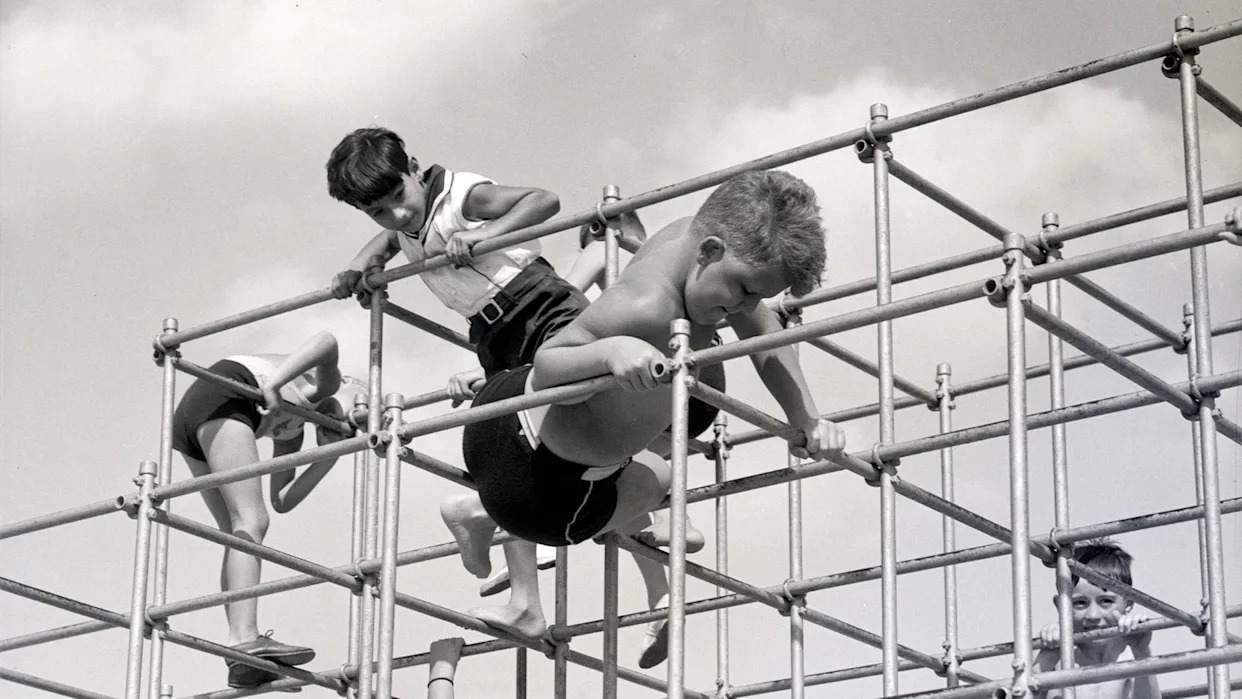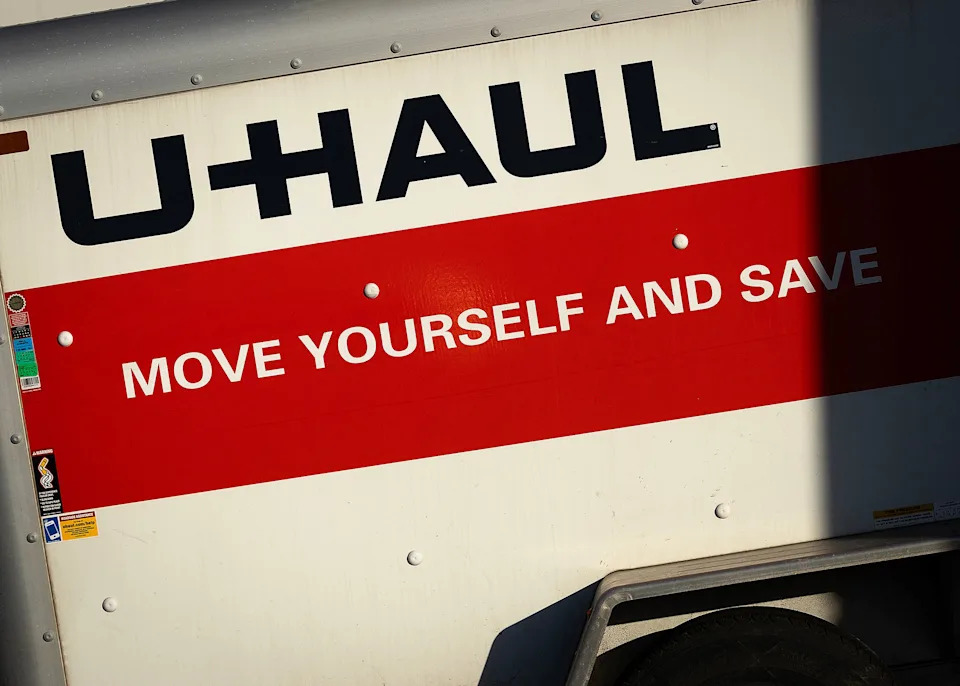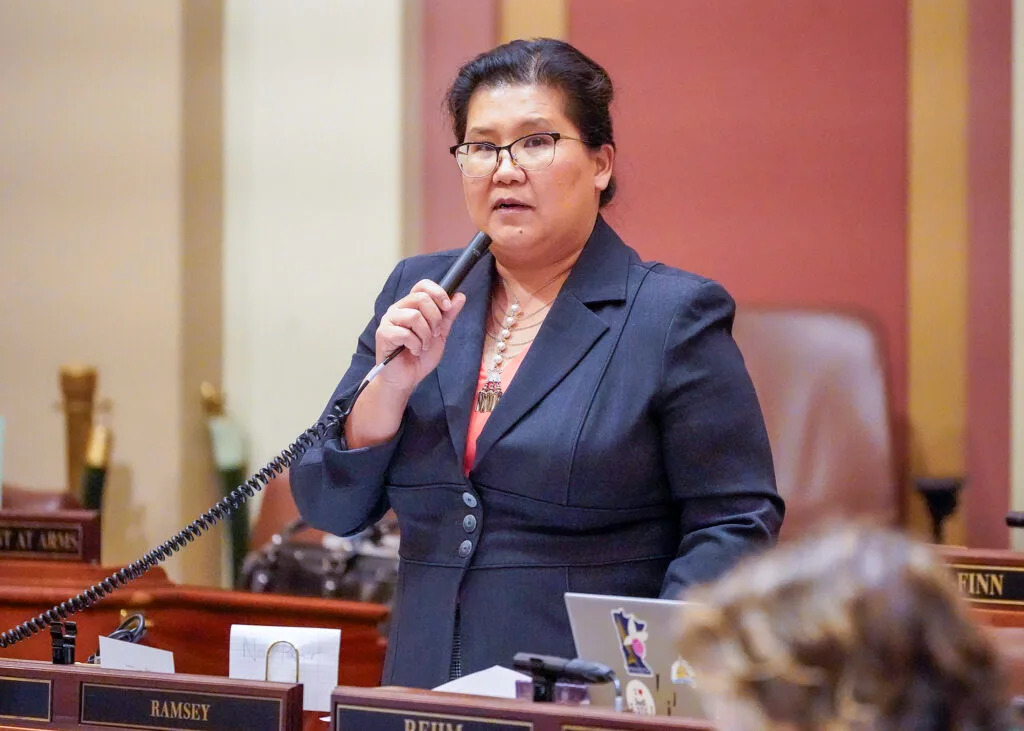
The Atlantic Daily, a newsletter that guides you through the biggest stories of the day, helps you discover new ideas, and recommends the best in culture. Sign up for it here.
One common explanation for why children spend so much of their free time on screens goes like this: Smartphones and social-media platforms are addicting them. Kids stare at their devices and socialize online instead of in person because that’s what tech has trained them to want.
But this misses a key part of the story. The three of us collaborated with the Harris Poll to survey a group of Americans whose perspectives don’t often show up in national data: children. What they told us offers a comprehensive picture of how American childhood is changing—and, more important, how to make it better.
In March, the Harris Poll surveyed more than 500 children ages 8 to 12 across the United States, who were assured that their answers would remain private. They offered unmistakable evidence that the phone-based childhood is in full force. A majority reported having smartphones, and about half of the 10-to-12-year-olds said that most or all of their friends use social media.
This digital technology has given kids access to virtual worlds, where they’re allowed to roam far more freely than in the real one. About 75 percent of kids ages 9 to 12 regularly play the online game Roblox, where they can interact with friends and even strangers. But most of the children in our survey said that they aren’t allowed to be out in public at all without an adult. Fewer than half of the 8- and 9-year-olds have gone down a grocery-store aisle alone; more than a quarter aren’t allowed to play unsupervised even in their own front yard.
[Jonathan Haidt: End the phone-based childhood now]
Yet these are exactly the kinds of freedoms that kids told us they long for. We asked them to pick their favorite way to spend time with friends: unstructured play, such as shooting hoops and exploring their neighborhood; participating in activities organized by adults, such as playing Little League and doing ballet; or socializing online. There was a clear winner.
Children want to meet up in person, no screens or supervision. But because so many parents restrict their ability to socialize in the real world on their own, kids resort to the one thing that allows them to hang out with no adults hovering: their phones.
Since the 1980s, parents have grown more and more afraid that unsupervised time will expose their kids to physical or emotional harm. In another recent Harris Poll, we asked parents what they thought would happen if two 10-year-olds played in a local park without adults around. Sixty percent thought the children would likely get injured. Half thought they would likely get abducted.
These intuitions don’t even begin to resemble reality. According to Warwick Cairns, the author of How to Live Dangerously, kidnapping in the United States is so rare that a child would have to be outside unsupervised for, on average, 750,000 years before being snatched by a stranger. Parents know their neighborhoods best, of course, and should assess them carefully. But the tendency to overestimate risk comes with its own danger. Without real-world freedom, children don’t get the chance to develop competence, confidence, and the ability to solve everyday problems. Indeed, independence and unsupervised play are associated with positive mental-health outcomes.
Still, parents spend more time supervising their kids than parents did in the 1960s, even though they now work more and have fewer children. Across all income levels, families have come to believe that organized activities are the key to kids’ safety and success. So sandlot games gave way to travel baseball. Cartwheels at the park gave way to competitive cheer teams. Kids have been strapped into the back seat of their lives—dropped off, picked up, and overhelped. As their independence has dwindled, their anxiety and depression have spiked. And they aren’t the only ones suffering. In 2023, the surgeon general cited intensive caregiving as one reason today’s parents are more stressed than ever.
[From the February 2025 Issue: The anti-social century]
Kids will always have more spare hours than adults can supervise—a gap that devices now fill. “Go outside” has been quietly replaced with “Go online.” The internet is one of the only escape hatches from childhoods grown anxious, small, and sad. We certainly don’t blame parents for this. The social norms, communities, infrastructure, and institutions that once facilitated free play have eroded. Telling children to go outside doesn’t work so well when no one else’s kids are there.
That’s why we’re so glad that groups around the country are experimenting with ways to rebuild American childhood, rooting it in freedom, responsibility, and friendship. In Piedmont, California, a network of parents started dropping their kids off at the park every Friday to play unsupervised. Sometimes the kids argue or get bored—which is good. Learning to handle boredom and conflict is an essential part of child development. Elsewhere, churches, libraries, and schools are creating screen-free “play clubs.” To ease the transition away from screens and supervision, the Outside Play Lab at the University of British Columbia developed a free online tool that helps parents figure out how to give their kids more outdoor time, and why they should.
More than a thousand schools nationwide have begun using a free program from Let Grow, a nonprofit that two of us—Lenore and Jon—helped found to foster children’s independence. K–12 students in the program get a monthly homework assignment: Do something new on your own, with your parents’ permission but without their help. Kids use the prompt to run errands, climb trees, cook meals. Some finally learn how to tie their own shoes. Here’s what one fourth grader with intellectual disabilities wrote—in her own words and spelling:
This is my fist let it gow project. I went shoping by myself. I handle it wheel but the ceckout was a lit hard but it was fun to do. I leand that I am brave and can go shop by myself. I loved my porject.
Other hopeful signs are emerging. The New Jersey–based Balance Project is helping 50 communities reduce screen time and restore free play for kids, employing the “four new norms” that Jon lays out in The Anxious Generation. This summer, Newburyport, Massachusetts, is handing out prizes each week to kids who try something new on their own. (Let Grow has a tool kit for other communities that want to do the same.) The Boy Scouts—now rebranded as Scouting America, and open to all young people—is finally growing again. We could go on.
What we see in the data and from the stories parents send us is both simple and poignant: Kids being raised on screens long for real freedom. It’s like they’re homesick for a world they’ve never known.
Granting them more freedom may feel uncomfortable at first. But if parents want their kids to put down their phones, they need to open the front door. Nearly three-quarters of the children in our survey agreed with the statement “I would spend less time online if there were more friends in my neighborhood to play with in person.”
[Stephanie H. Murray: What adults lost when kids stopped playing in the street]
If nothing changes, Silicon Valley will keep supplying kids with ever more sophisticated AI “friends” that are always available and will cater to a child’s every whim. But AI will never fulfill children’s deepest desires. Even this generation of digital natives still longs for what most of their parents had: time with friends, in person, without adults.
Today’s kids want to spend their childhood in the real world. Let’s give it back to them.








Comments